Ever since I moved to a climate that gets snow in winter, I’ve been obsessed with keeping the color going year-round. At the first kiss of frost (or even before then), most of my plants drop their leaves and the landscape shifts into a subdued canvas of browns and grays.
But tucked around the yard are what I call the early birds—flowering plants that bloom from January through March, even if there’s snow on the ground. These diminutive bulbs are also known as minor bulbs (because of their size, and because they aren’t as popular as bigger, fall-planted bulbs like tulips and daffodils).
When there’s little else happening in the garden, minor bulbs are a real delight, dotting the landscape with joyful pops of little flowers. What they lack in size (usually growing just 3 to 6 inches tall), they more than make up for in color: brilliant yellows, striking blues and purples, and dazzling whites.
The plants are also well-equipped for frosts and freezes, so flowers are rarely damaged by a freak cold spell or sudden snowstorm.
Each fall, I try to plant a few more here and there: under deciduous shrubs, in circles around my trees, and in drifts along our driveway. This also happens to be a good time of year to lift and divide perennial plants (including bulbs), so you can even establish a new patch for free if your neighbor is giving some away.
Here’s what I recommend planting as soon as the soil is cool and nighttime temperatures are consistently between 40°F to 50°F. (For northern climates, this is usually from late September to mid-October. For southern climates, wait until mid-October to early December before you plant.)
Disclosure: If you shop from my article or make a purchase through one of my links, I may receive commissions on some of the products I recommend.
Where to buy
Fall-planted minor bulbs
Snowdrop
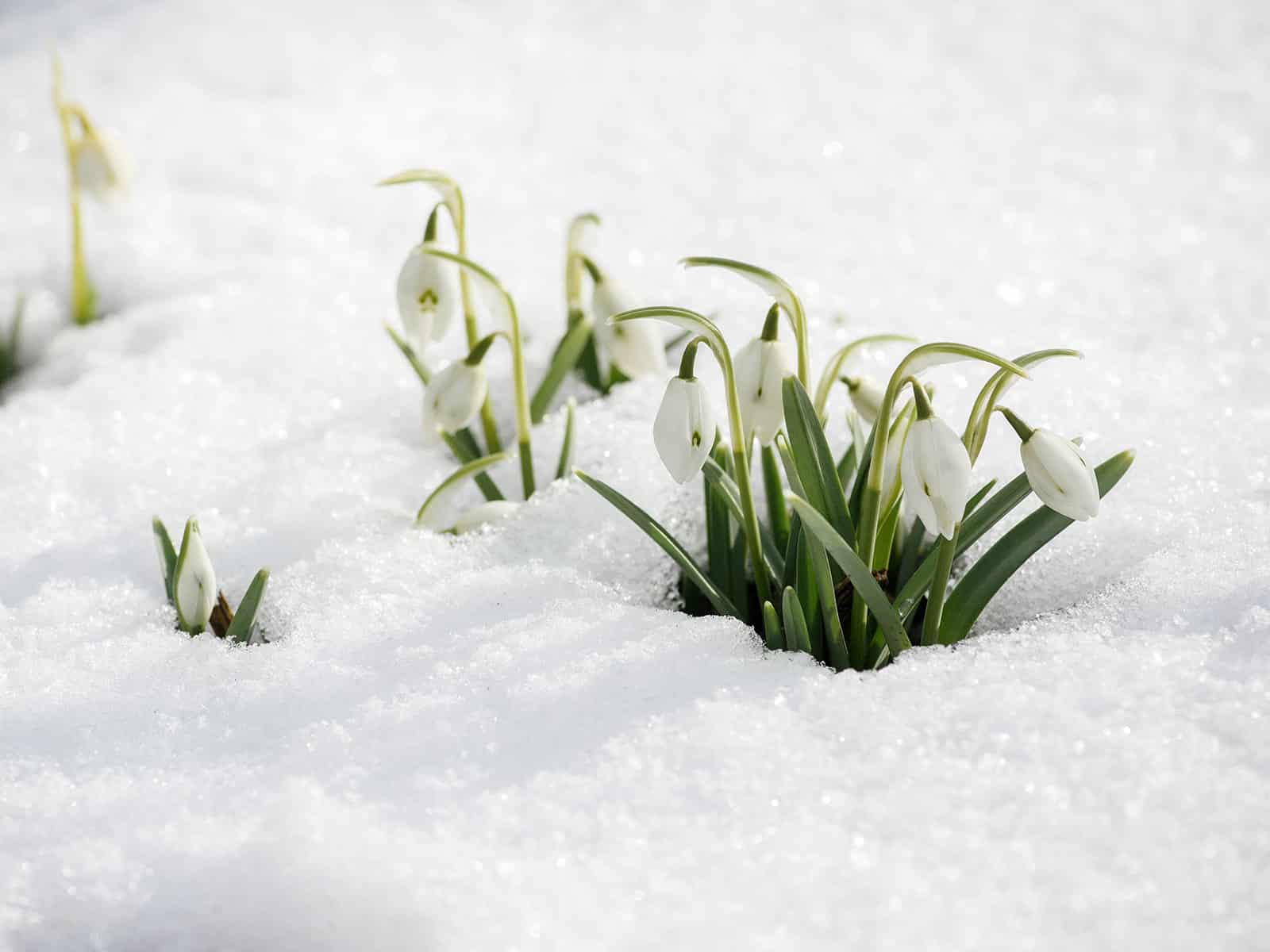
Unintimidated by snow—I mean, it’s even in their name—snowdrops (Galanthus nivalis) are always the first to bloom in my winter garden. They actually push up through the snow and their nodding, dainty white bells never fail to open in February. In milder climates, they can even flower as early as December!
Did you know?
The common snowdrop is aptly named: Galanthus means “milk flower” and nivalis means “of the snow.”
Most common is the single variety, but I also love the double snowdrops. Both are deer-resistant since they are bitter and toxic to animals. For good visual impact, plant the bulbs in clusters of 25 or more, about 2 inches deep and 2 inches apart.
Snow crocus
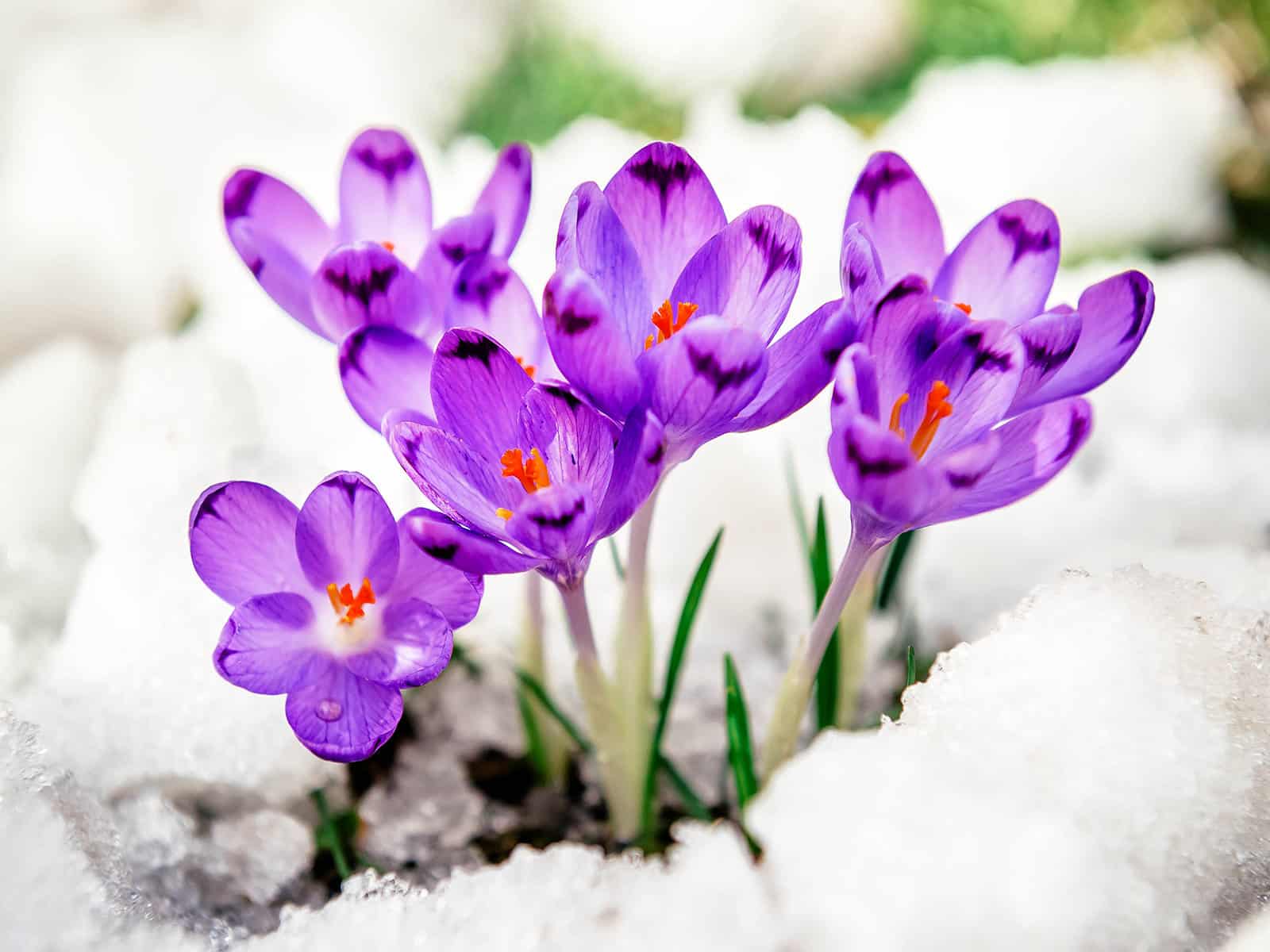
Crocuses are a staple in every winter garden, and snow crocuses, in particular, are very early-blooming varieties that produce petite flowers with a longer blooming period than giant crocuses. They’ll start blooming in late winter and put on quite the show with their vibrant colors.
You can find snow crocuses in pink, purple, yellow, orange, blue, or white (or even a blend of colors). Bulbs should be planted 3 inches deep and 3 to 4 inches apart.
Winter aconite

Honey-scented winter aconite (Eranthis hyemalis) usually appears in late February to early March, but can bloom as early as January in milder winter climates. The cheerful yellow cup-shaped flowers poke their heads up before the leaves. Imagine your snow cover being replaced by a carpet of gold! That’s pretty much what you’ll get when you grow them en masse.
Plant the bulbs about 3 inches deep and 3 inches apart. Winter aconite readily self-seeds and will naturalize easily in your landscape. Bonus: deer don’t like it!
Striped squill

In a world where crocuses and snowdrops often get all the attention in winter, I find this modest plant to be just as charming. Striped squill (Puschkinia scilloides) fills the gap in March between the fading of the snowdrops and the blooming of glory of the snow (which I talk about below). Its whitish to pale blue petals are streaked with deep blue stripes, giving it its common name.
Striped squill can withstand summer drought and brutal winters (not to mention curious deer). Plant the bulbs about 3 inches deep and 4 to 5 inches apart.
Glory-of-the-snow
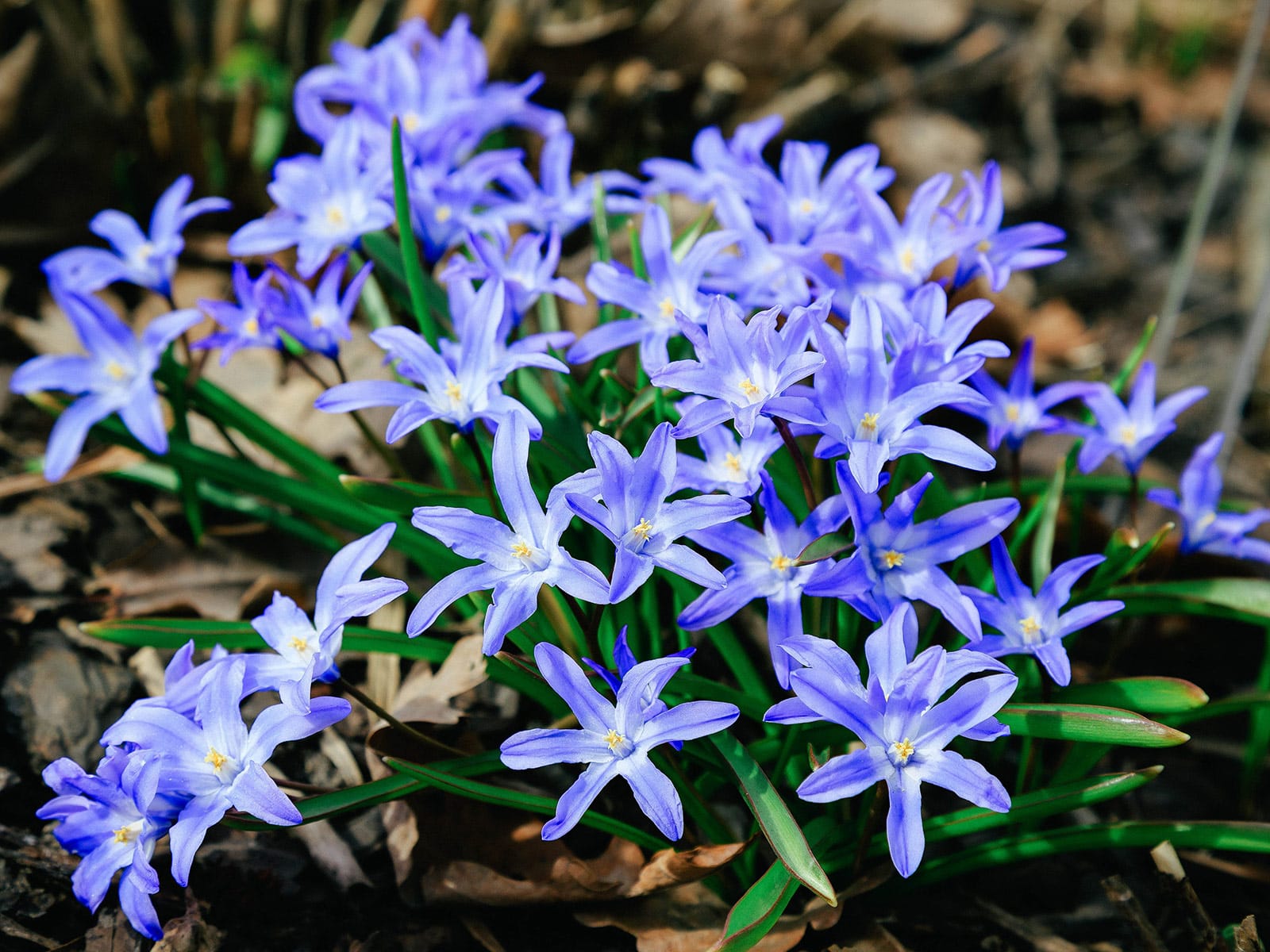
Another winter lover, glory-of-the-snow (Chionodoxa) will turn a white landscape into a vivid tapestry of blue. The star-shaped flowers are one of the earliest blooms of the season, and they’re undaunted by snow in March. This is a beautiful choice for a no-maintenance garden. (Even the deer leave them alone!)
Don’t be shy—plant large clusters of bulbs at 3 inches deep and 2 inches apart for a stunning mass of much-needed color in very early spring.
Where to buy


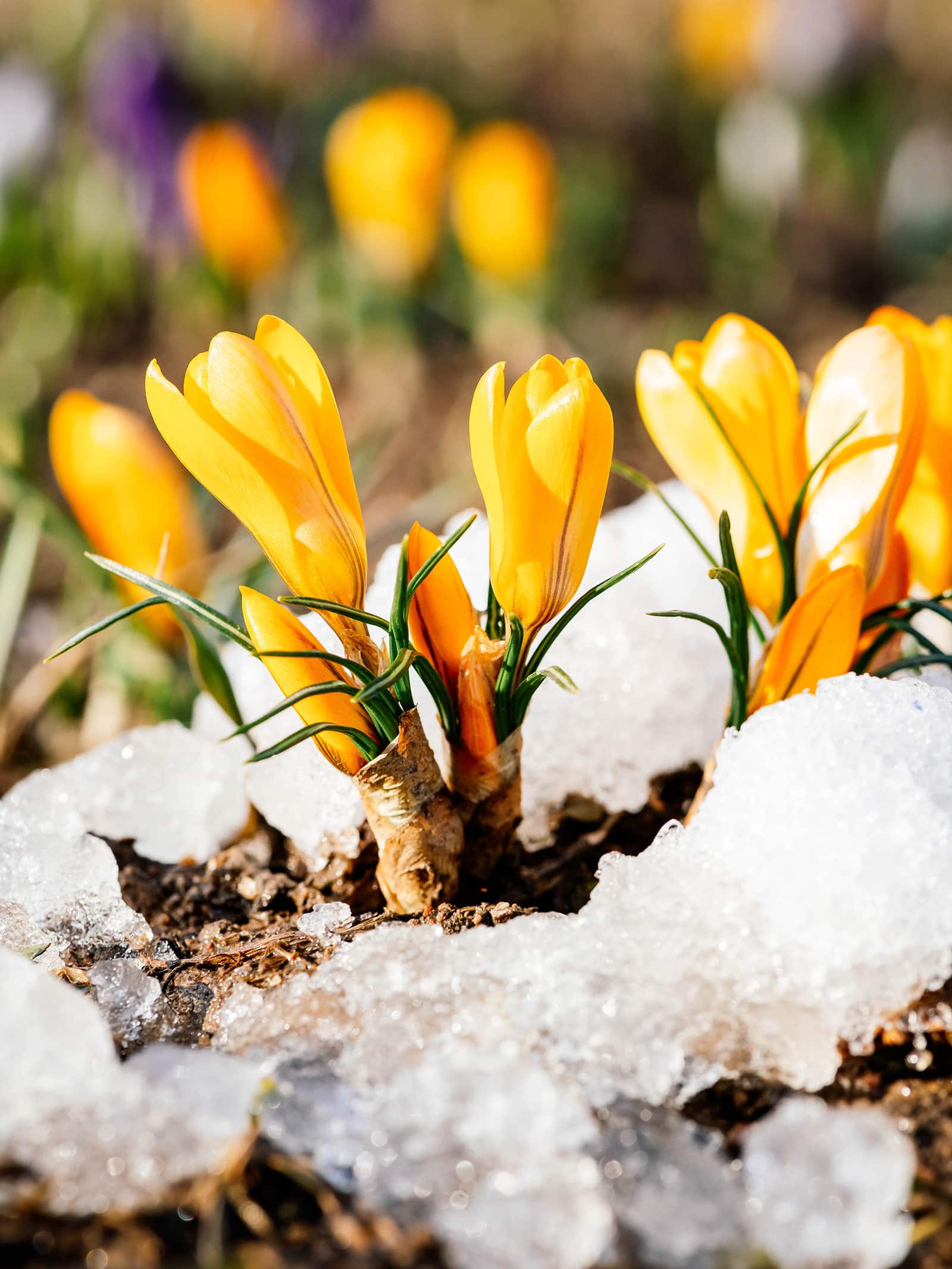

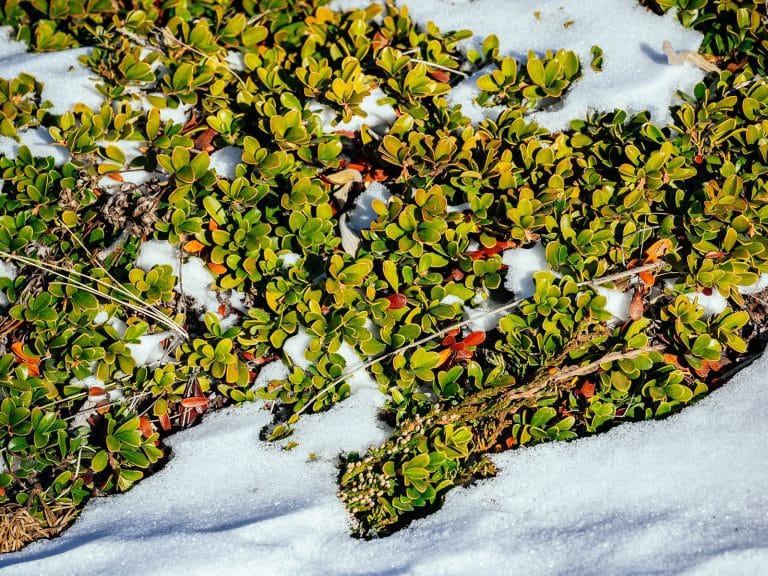
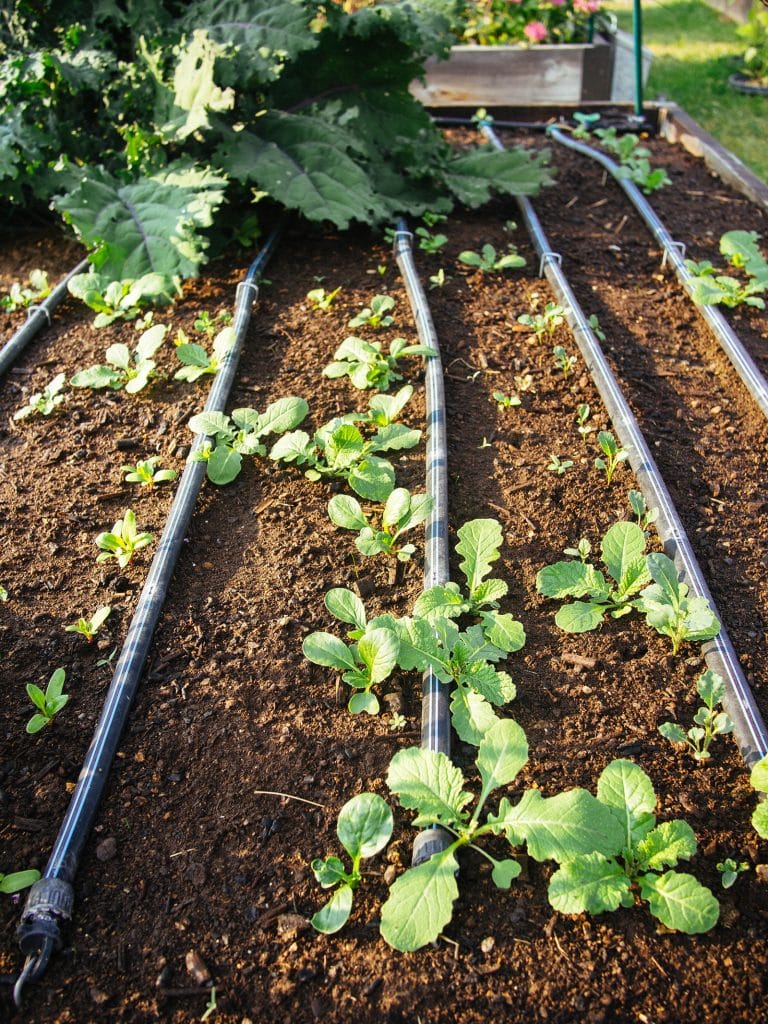
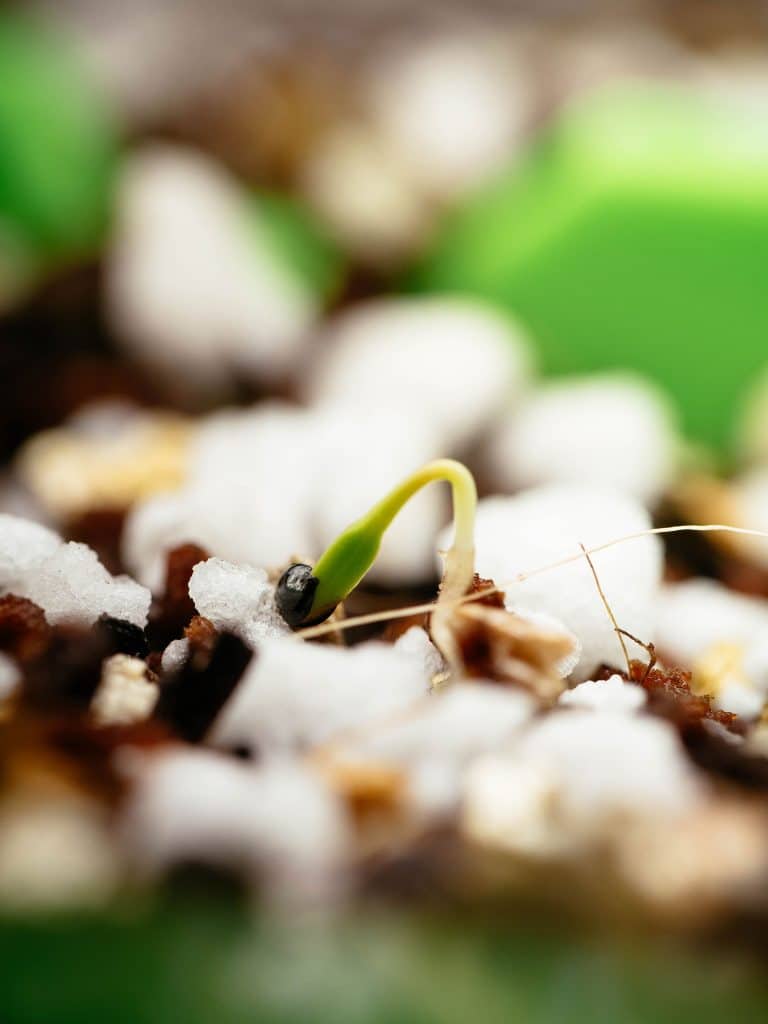









Can any of these winter bulbs be planted in pots on a balcony?